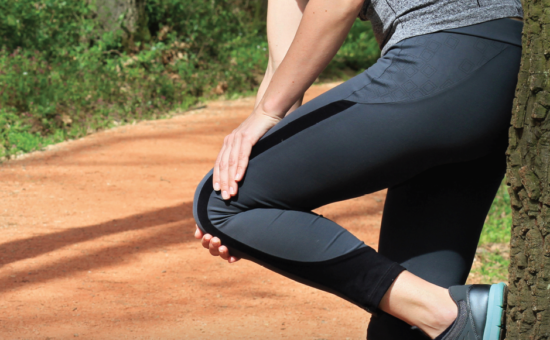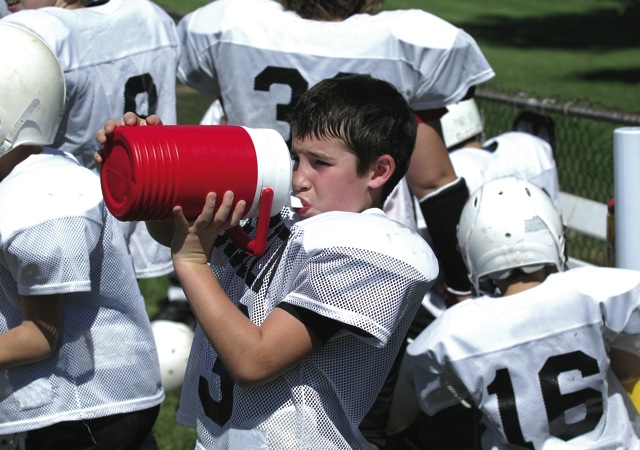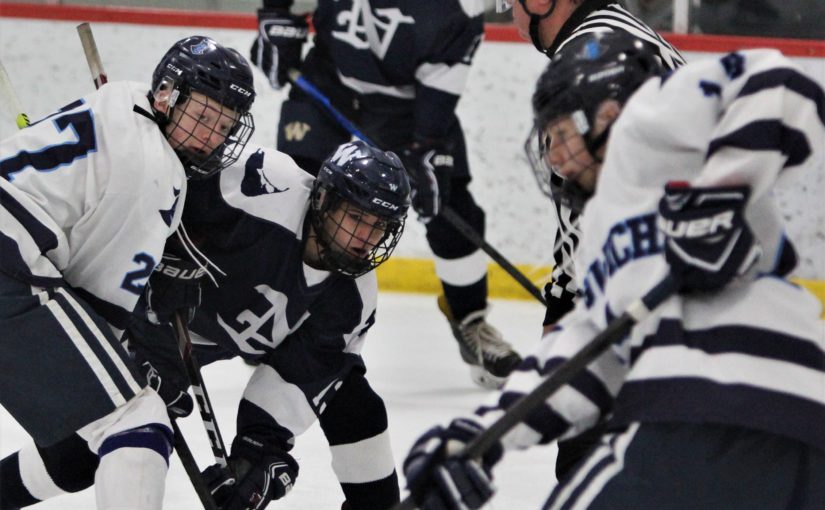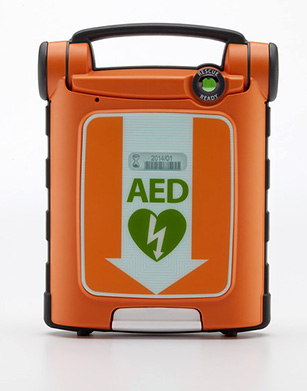Protecting your players
Steps to help athletes avoid debilitating sports injuries
 Choosing a brace isn’t the most exciting decision an athlete will ever make, but it just might be the most important one.
Choosing a brace isn’t the most exciting decision an athlete will ever make, but it just might be the most important one.
Timothy McGuine, senior scientist in the Department of Orthopedics and Rehabilitation at the University of Wisconsin, has experimented with all types of ankle braces and it’s easy to see why most athletes are in no hurry wear them during competition. Some are bulky and restrictive, creating fear that they could negatively affect performance.
Sometimes, they’re right.“When we did a brace study, I had seven companies send me braces that we tried with athletes, and I tried on every brace and tried to do some athletic activity,” McGuine said. “Each company thought they had this powerful brace that would do well, and some were very poor fitting and some you couldn’t even get in your shoe.
“I’m thinking if I’m an athlete, why am I going to wear something that’s not even going to fit in my shoe or makes it hard to run and jump.”
That’s changing, and McGuine said many brace manufactures are making the devices lighter, breathable and much more elastic. Comfort is key when encouraging athletes to wear braces during games, so metal springs and hard plastics are being tossed aside.
Ankle injuries tend to surface more in the running and cutting sports, McGuine said. He estimates that roughly 15 to 25 percent of ankle issues occur in soccer, volleyball and basketball.
Sport specialization doesn’t help, though McGuine said he has no medical evidence to prove that it’s a problem. The wave of club and summer leagues significantly increases the amount of time an athlete devotes to a single activity, consequently repeating the same movements and patterns without exercising other parts of the body.
 Injuries are inevitable in sports, but coaches and athletes can take a number of steps to minimize their severity and frequency. Part of the problem is coaches don’t have the time and players may not have the discipline.
Injuries are inevitable in sports, but coaches and athletes can take a number of steps to minimize their severity and frequency. Part of the problem is coaches don’t have the time and players may not have the discipline.
McGuine said part of his research looked at the barriers that keep coaches from engaging players in prevention exercises during practices. Reasons are mostly a lack of time and space.
“A high school coach that has an hour and 40 minutes to practice every day can’t take 20 to 30 minutes a day to work on injury prevention,” McGuine said. “It’s unrealistic and it’s stupid for medical providers to demand that they do that.
“So one of the things we’re trying to say in conversations with parents is you need to take some responsibility.”
That means setting aside time at home for young athletes to complete simple exercises that decrease the chances they’ll suffer a significant ankle or knee injury during a game.
The best thing coaches and athletes can do is make time for ankle exercises, which McGuine said also help to avoid knee and hip problems. The prevention regimen should begin a good six to eight weeks before the season so the athletes can build up proper strength.
The braces can be particularly helpful to athletes who have a history of injuries. McGuine said taping the ankle can provide some protection but there is evidence that tape begins to loosen after 15 or 20 minutes. Braces can also be cheaper in the long run, especially for those who constantly have their ankles taped during practices and games.
The best way to encourage athletes to wear a brace is to find them something comfortable. Ultimately, that’s what they’re all looking for.
“One of the things we see consistently with young athletes or colleges athletes is no matter what particular device we provide, comfort equals compliance,” McGuine said. “The more comfortable a brace is, the more likely they are to use it consistently. So it’s not so much the protective effect.
“They want a brace that’s comfortable and they want something that’s not going to restrict or decrease their performance.”





